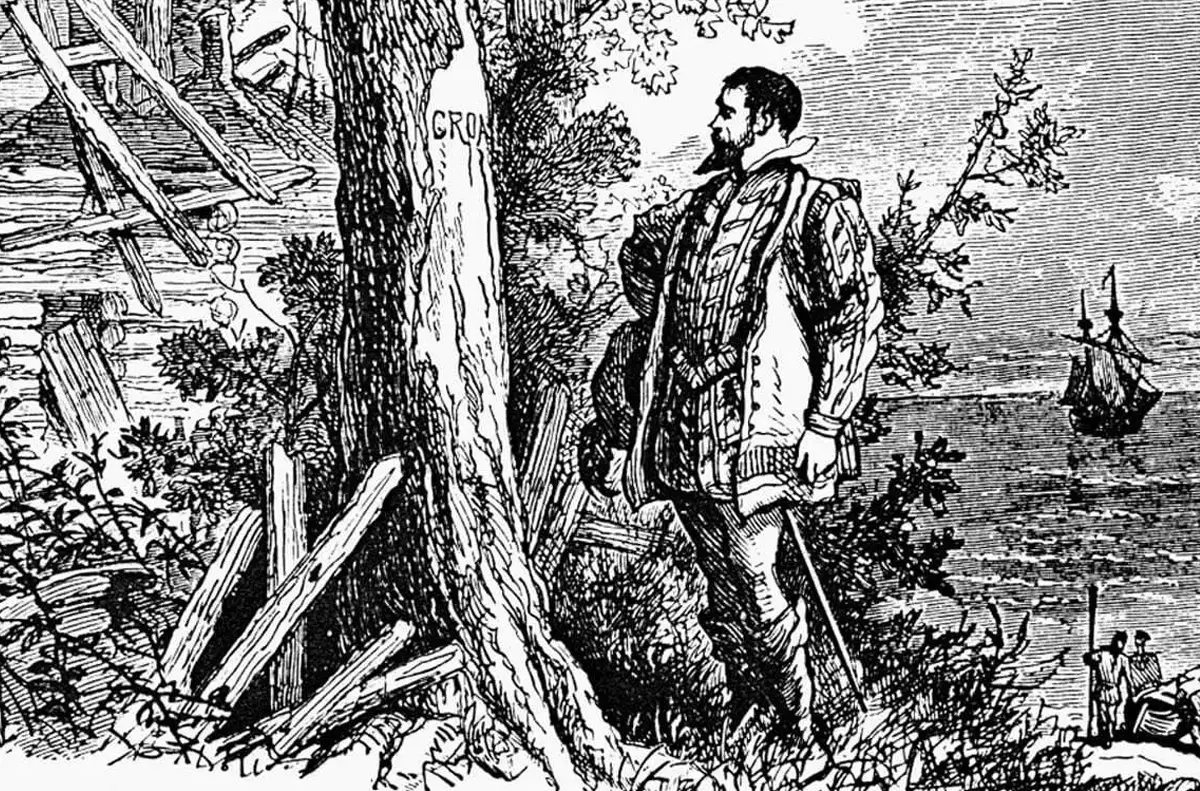Ongoing excavations by archaeologists from The First Colony Foundation have revealed new findings on the historical narrative of the “Lost Colony” of Roanoke.
The Roanoke Colony refers to two colonisation attempts in North America by Sir Walter Raleigh during the 16th century.
Raleigh’s aim was to stake England’s claim to the largely unknown (to Europeans) landmass of North America, and from which he could launch raids on the Spanish West Indies and annual treasure fleets.
The first attempt was made in 1585 on Roanoke Island, located in present-day Dare County, North Carolina.
According to accounts by the returning expedition leaders, the colonists had established friendly relations with the indigenous people (the Secotan), describing the land as “pleasant and bountiful.”
In reality, the colony was troubled by a lack of supplies and poor relations with the Native Americans, resulting in the colony being abandoned in 1586.
A second attempt was made in 1587 in the area of Chesapeake Bay, however, upon returning to the colony in 1590, it was found fortified with a palisade and that the settlers had vanished without a trace.
The search for what happened to the English settlers has recently focused on the Elizabethan Gardens in the town of Manteo, where archaeologists have uncovered evidence of a farmstead belonging to the “Algonquian village of Roanoke” (also spelled Roanoac), an Indigenous community that hosted the settlers in 1584.
Excavations in March 2024 have uncovered shards of Algonquian pottery dating back to the 1500s, along with a ring of copper wire (made of drawn copper) likely worn by an Algonquian warrior.
Archaeologists speculate that the ring was brought to North America by the English settlers and traded with the indigenous people who believed that copper had spiritual significance.
“Finding domestic pottery—the type used for cooking—in close proximity to an apparent piece of Native American jewellery strongly confirms we are digging in the midst of a settlement,” said Dr. Eric Klingelhofer, the First Colony Foundation’s Vice President of Research. “And Roanoac is the only known village at that site. The copper ring indicates contact with the English,” added Klingelhofer.
Previous excavations suggest that the village had a palisade with around nine internal houses for the elite warrior class. Those of a lower status or working class lived outside the palisade on farmsteads where they worked the land raising crops.
“The new findings confirm a theory that matches what we know of the village,” added Klingelhofer. “It was described as a palisaded village because the explorers came here and recorded it. And these findings add to our story.”
Another exploration is scheduled for the summer of 2024 at nearby Fort Raleigh National Historic Site. The goal is to find evidence of the colonists’ original settlement.
Header Image Credit : John Parker Davis – Public Domain
Sources : The First Colony Foundation





